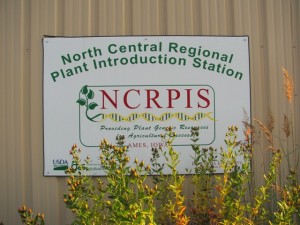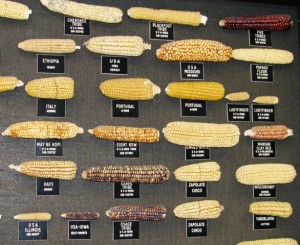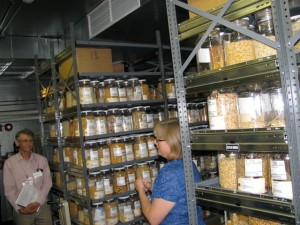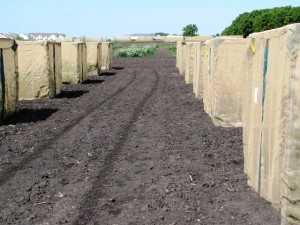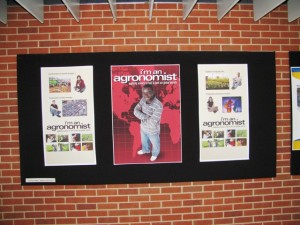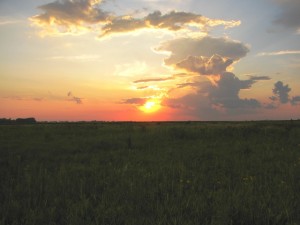It’s a common misconception that all plants that enjoy heat need heat to survive. Anastasia says as much when she “goes out on a limb” to suggest that spinach won’t survive at -40°F, and then conflates spinach in winter with tomatoes in winter. I’m going to abuse proprietorship to point out both that spinach is a cool-weather crop — despite what they do to it in California — and that it doesn’t need to be growing in order to be freshly available year round, although I concede that -40°F is probably pushing it somewhat. (Who would want a salad under those conditions anyway?)
Many plants, and spinach is a prime example, can survive freezing. They do so even better if they are primed by exposure to cold temperatures before the freeze hits, which is the natural way of things. If you sow spinach in late summer, and let it get to be a good size before hard winter arrives, it will survive reasonably well given minimal protection in the form of a cold frame or a polytunnel. And it will be ready to grow away again as soon as temperatures start to warm up again in the spring. Not just spinach either: the list is long.
This idea, of growing plants in the autumn and protecting them for harvest through the winter and an early start in spring, is nothing new. Victorian gardeners were past masters. In modern times it is most closely associated with the name of Eliot Coleman. As it happens, he prefers organic methods, but don’t let that put you off. His book is wonderfully practical and there’s a bit more background here.
And of course there’s more to leafy-greens-that-aren’t-lettuce than spinach, but surely I don’t need to belabour that point here. My conclusion is that while it takes planning and foresight, it is perfectly possible to have access to a local diverse diet in cold winters.
